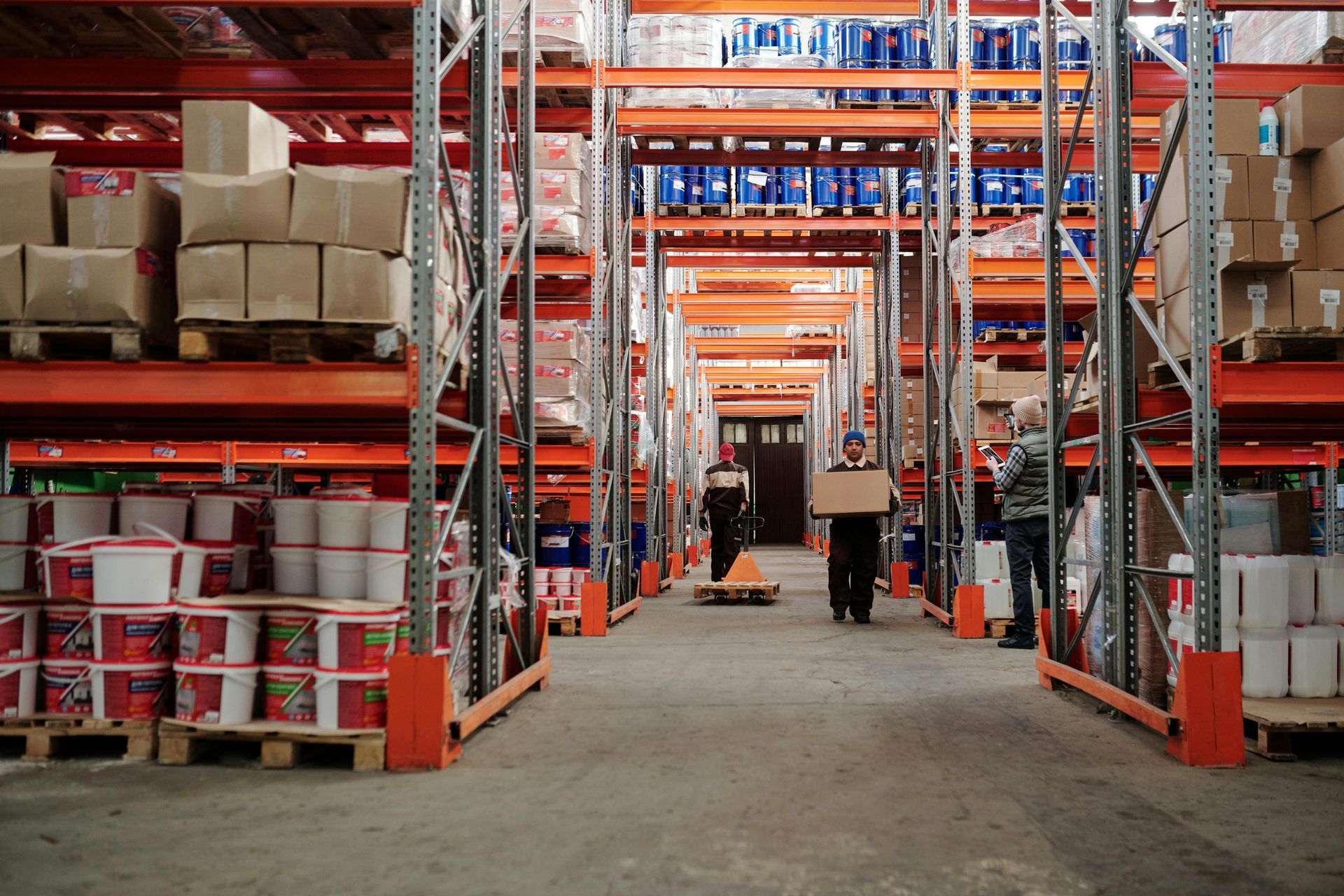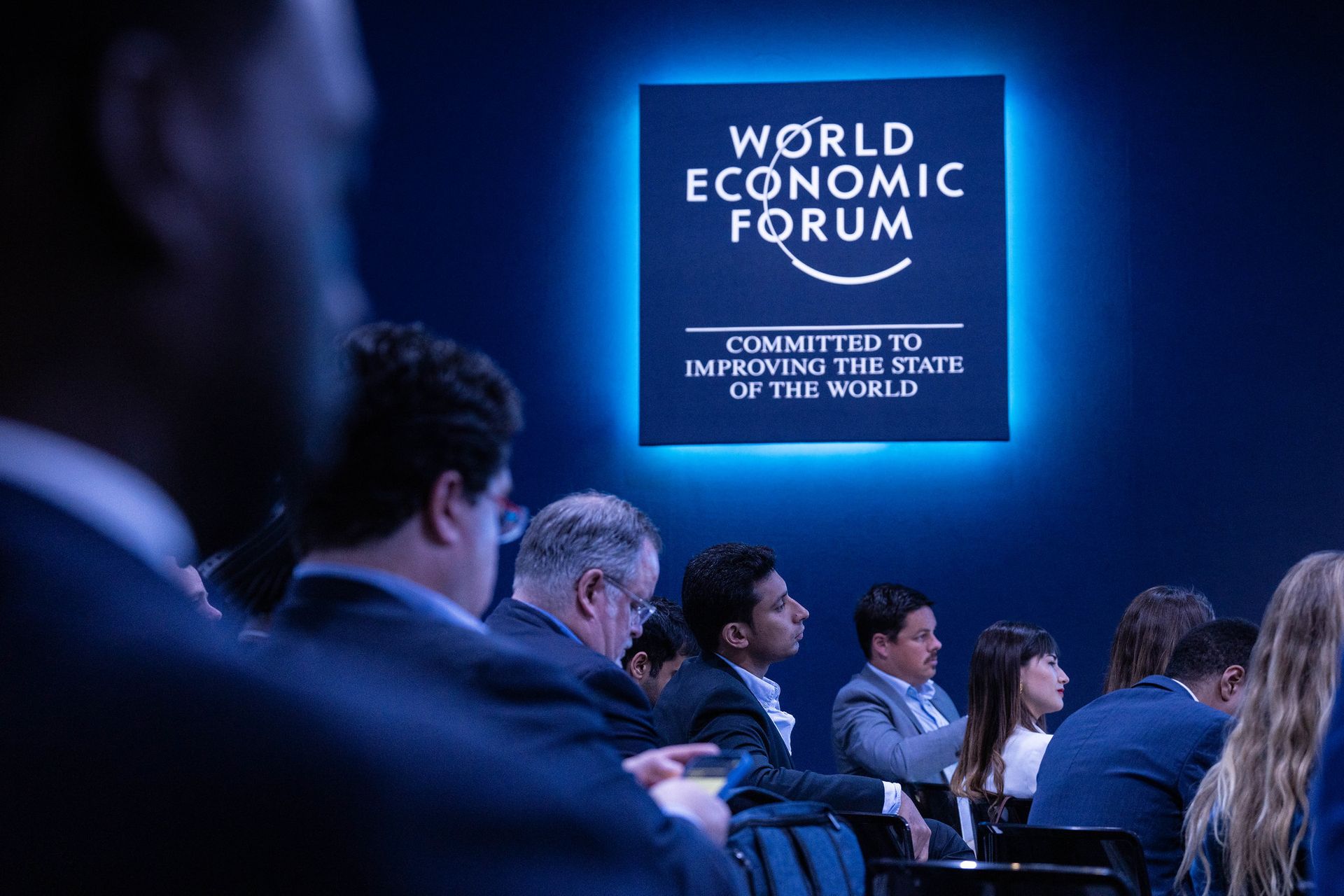
This is a subtitle for your new post

The body content of your post goes here. To edit this text, click on it and delete this default text and start typing your own or paste your own from a different source.

By 255a9ee1-8ee4-4ee7-9e72-ef892c83f26d
•
December 10, 2024
Water is the door-key to unlock SDGs attainment, to enable peace and prosperity” expressed Retno Marsudi, the UN Secretary-General’s Special Envoy for Water at the 40th UN-Water Meeting in New York (4/11).
The Special Envoy calls on the UN-Water members and partners, to work together, harder, and closer – within and beyond the UN system. She emphasized that cooperation and collaboration are key to accelerate progress, in a world where water-related efforts are faced with two big limitations – resources and time.
Resources are very limited. She quoted the World Bank Report that “Until 2030, efforts to build water-related infrastructure will need US$ 6.7 trillion”.
Time is also limited, she reminded UN-Water members and partners that “with only 2 years until the next UN Water Conference in 2026; 4 years to the end of the Water Action Decade in 2028; and 6 years to achieve the 2030 Agenda, time is a luxury”.
“Therefore, we need to ensure strengthened means of implementation, including financing

December 10, 2024
A new report released today by the World Economic Forum provides a comprehensive framework for governments and companies identifying the factors that make a location attractive for investment in manufacturing and supply chains.
Ongoing geopolitical, technological and environmental disruptions are prompting companies to rethink their supply chain network design, with over 90% of leaders prioritizing regionalization and close to two thirds of manufacturers adopting a “power-of-two” geographical approach, ensuring the majority of their direct spending is sourced from two separate regions.
Five key trends are driving this shift – including a move to more regionalized hubs, a transition to a digital-first model of operations, the adoption of more innovative approaches to sustainability and a deeper focus on skills and customer value.
“As global value chains undergo a profound transformation, countries and companies have a unique opportunity to redefine their competitive edge," said Kiva Allgood, Head of the Cen

December 10, 2024
The Fourth Industrial Revolution is changing various social structures. In Japan, the results of these social changes are commonly referred to as Society 5.0. We have progressed from a hunting and gathering society (Society 1.0) to an agricultural society (Society 2.0), an industrial society (Society 3.0) and an information society (Society 4.0), and now a new, human-centered society is dawning. New systems are set to bring together the cyber world and the physical world in sophisticated ways, driving economic development while solving social issues.
Society 5.0 is run by collecting the vast volume of information used in the physical world and transferring it to the cyber world using technology such as sensors. This big data is then analyzed in cyberspace and the results are applied in various forms to our social activities in the physical world.
New technology such as artificial intelligence has an incredible impact here. Robots, self-driving cars and other autonomous technologies make it possible to overc
WeTel TV
A Group Company of WeTel World UAE
We Are Telling Life...
UAE Updates - Events - Golf
Global Partnerships & Influential Economic Hub - UAE
EMAIL US: SUPPORT@WETELWORLD.COM
Phone: +971 56 805 6329
Contact Us
Thank you for contacting us.
We will get back to you as soon as possible.
Team WeTel
Oops, there was an error sending your message.
Please try again later.
or Email us: info@wetelsports.com
Team WeTel
Created with GoDaddy Arabic Website Builder
